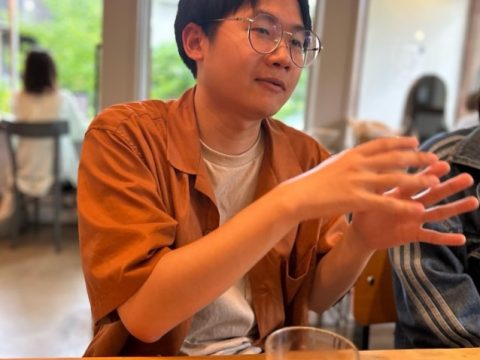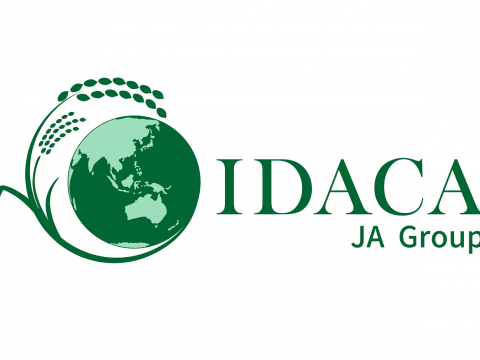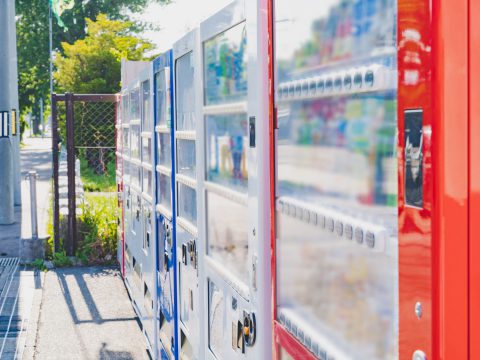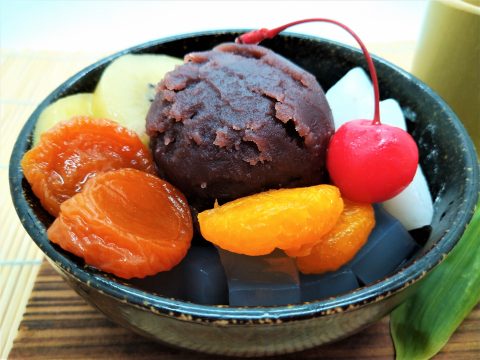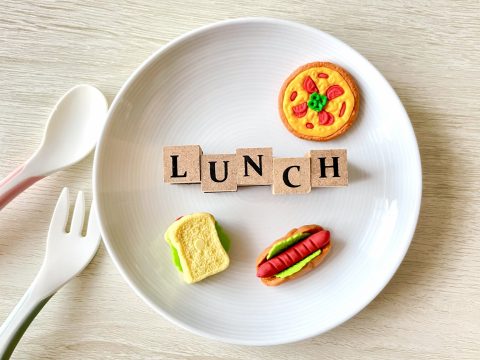Food Value Chain – Consumption フードバリューチェーン
WORK’IN JAPAN
30.01.2021
The fourth and final stage of the food value chain is consumption.
Once all of the products and goods have been grown, transported, and distributed, they are finally ready for retail. 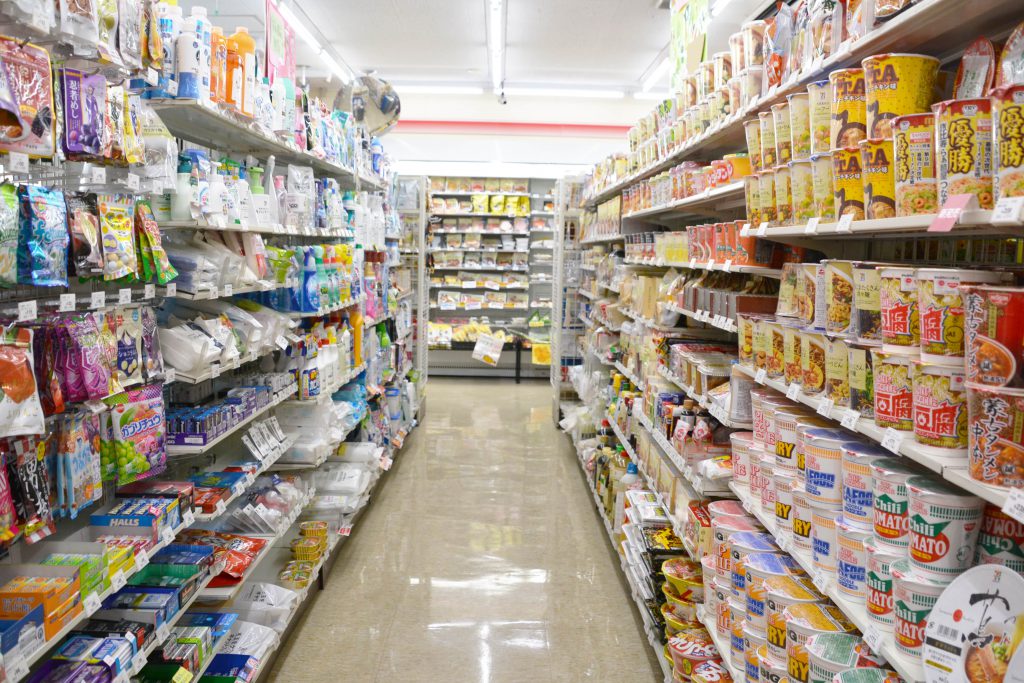
Sustainable consumption is a benefit to reimagining the food value chain. Once the production, storage, and distribution of food are optimized, consumption is the next step.
Every product that you buy, from the supermarket to the convenience stores, is part of the final stage of the food value chain. Using low impact, ecologically friendly refrigeration, taking into consideration the growing trends in food consumption, and conscientious shopping will have a big impact on how this final stage of the food value chain develops in the coming years.
Have you noticed differences at your local market lately? Here in Japan, you can find more organic and locally sourced products than you could a few years ago. The demand for “natural” brands has also increased dramatically. Health foods are growing in popularity, and it is showing in how people shop.
This shift in consumerism is not unique to only Japan. Companies are constantly studying the ways that shoppers think and how they make purchase decisions. This comes full cycle as the decisions that shoppers make determines what farmers grow, leading us back to the first stage of the food value chain.
As you can see, the entire cycle is interconnected. From the farmer to the consumer, no one is too far outside of the food value chain and every step can be improved to be more sustainable, profitable, and cost-effective. By learning from previous ideas and systems of getting foods to consumers, the gap between the farmer and the consumer can be shortened, providing the consumer with the freshest and most nutritious produce.


